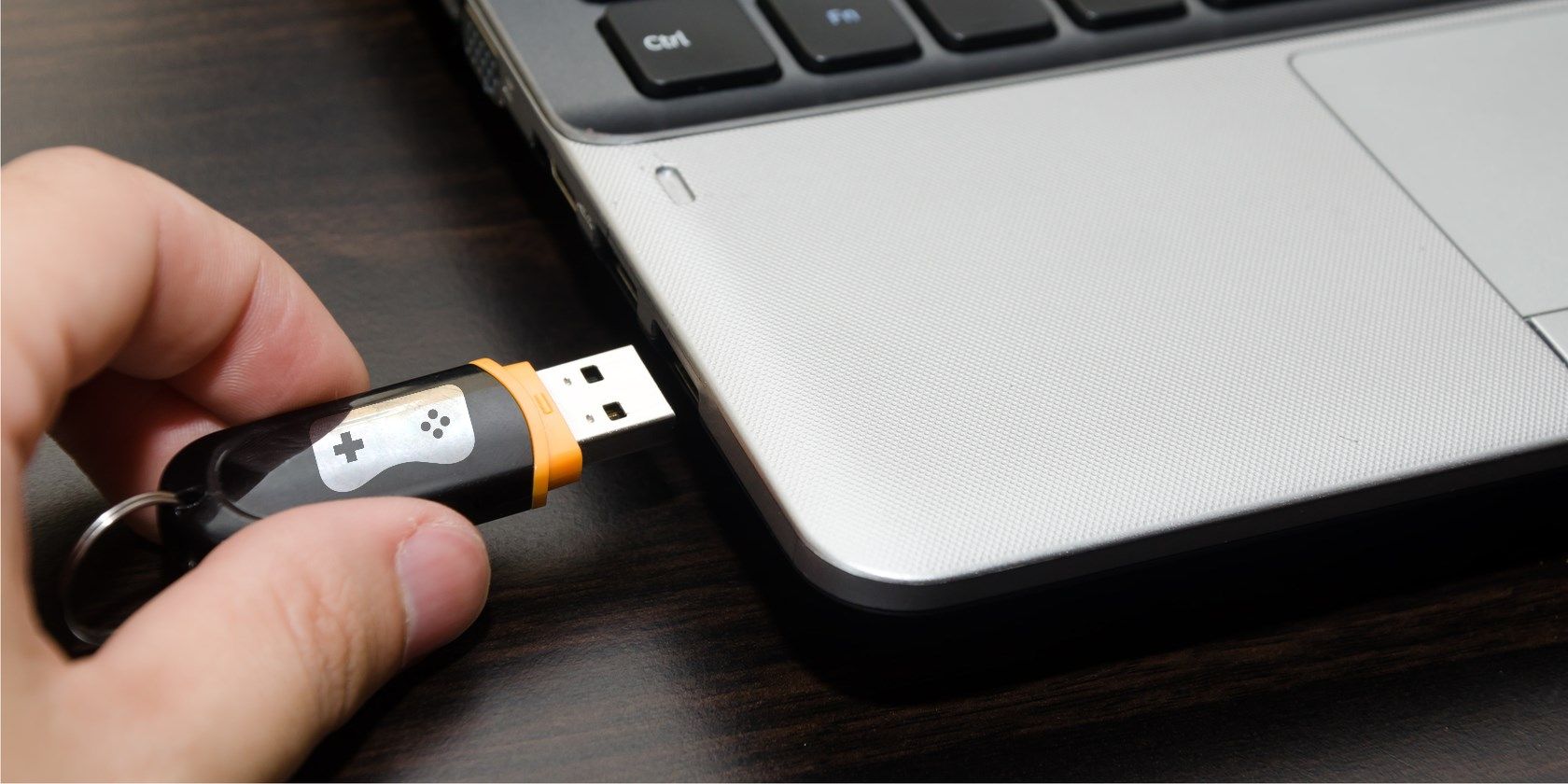
We’ve all used USB sticks to transport files between computers and back up our files, but there are other cool things you can do with a USB stick. You can use one to lock and unlock your computer—just like in the movies.
You can also use a USB flash drive to quickly connect to a wireless network on all your PCs, increase your computer’s performance, or even run a web server—directly from the USB stick itself.
Here are several surprising ways you can use a USB flash drive.
1. Use a USB Flash Drive to Lock/Unlock Your PC
Do you want to lock and unlock your computer with a physical key, like they do in the movies? With the free PREDATOR tool, you can!
PREDATOR turns a USB flash drive into an access control device—a key for your computer. When you leave your PC, unplug the USB stick and your computer will be locked. When you return, plug it back in and your computer will be unlocked.
It’s like using the Lock function in Windows, but you don’t have to type your password when you return.
When you unplug your USB flash drive, your open windows will minimize, and your screen will go dark—plug it back in and your screen will turn back on.
Download: PREDATOR for Windows
2. Run Portable Apps Anywhere
One of the oddest things about software is that it usually needs to be installed. With portable apps, however, that isn’t the case.
Portable apps and games can be easily copied to a USB stick, then run from any suitable device. This is usually a 32-bit or 64-bit PC. Browsers, email tools, messaging apps, and games can all be run from a USB flash drive.
It’s a particularly useful solution if you’re keen to keep a selection of apps close to hand to use on any PC that might be nearby. This might be in a library, or even a cyber café at a holiday resort.
Check our list of the best portable apps to find a host of cool things to put on a USB stick.
3. Increase Performance With ReadyBoost

If you have a slow hard disk drive in your computer, ReadyBoost can help speed things up. When you enable ReadyBoost for a drive, it acts as a hard drive cache, caching frequently used files. If it’s faster to read from the USB stick instead of your HDD, Windows will read the flash drive cache instead.
You won’t see much of a performance boost if you have a 7200+ RPM drive. If you have a solid-state drive, Windows won’t let you use ReadyBoost because the cache will be slower than your SSD.
To enable ReadyBoost, right-click a USB stick in Windows Explorer, select Properties, and use the options on the ReadyBoost tab. Windows will only let you enable ReadyBoost if your USB stick is fast enough, so you might see these options grayed out for some devices. ReadyBoost also requires a flash drive with at least 256 MB of free space.
4. Make Backups With Win32 Disk Imager

If you’re using your USB flash stick for many purposes, it might be useful to backup the contents. An easy way to do this is with Win32 Disk Imager.
Although Win32 Disk Imager is usually used to write bootable disk images to flash drives, it can also create images. Simply install and run the tool, insert the USB stick, and select a destination and name for the Image File. Click Read to clone the disk contents.
When you need to restore the disk image, simply browse to the image and click Write.
Download: Win32 Disk Imager for Windows
5. Store Vital Travel Documents
If you travel often, you’ve probably mislaid documents. Visas, booking confirmations, even passports can easily go missing. Packing papers in the wrong bag can lead to problems if baggage handlers make a mistake.
One solution is to save all travel documents to a compact USB flash drive and carry it with you. This might even include scanning your passport, if only to provide immigration with the information they need to conduct background checks if your passport has gone missing.
6. Install Almost Any Operating System

Bootable USB disk images of operating systems can be used to install a new OS on your PC.
For example, Windows 10 users can create a bootable USB installer disk using a dedicated tool. In the event of a problem with the operating system, this can be used to recover or even reinstall Windows.
Similarly, all manner of Linux based operating systems can be installed from USB. Many offer a live environment, giving you get a feel for the OS which runs direct from USB before installation.
It’s even possible to create a USB installer disk for macOS.
7. Stay Secure Online With Tails Live Operating System
Alternatively, you might be looking for an OS that you can run from USB to keep your online activity private.
The solution to this is Tails, which unlike standard operating systems, preserves your privacy and anonymity. No logs are kept on the operating system. Meanwhile, state of the art cryptographic software encrypts your files, emails, and instant messages, while internet data is routed via Tor.
Each time you use Tails on your USB flash drive, it starts a whole new session, retaining no data. This helps to enhance your online privacy and security—just be sure to use secure passwords!
Download: Tails live operating system
7 Different Ways You Can Use a USB Flash Drive
By now you should have an idea of the different ways you can use a USB flash device.
Unlock your PC Run portable apps Improve Windows performance Store vital documents for travel Backup your USB flash device Install any operating system Stay secure with Tails operating system
However, we’ve only scratched the surface. You’ll find many other ways to use a USB flash drive. Struggling to get your USB device to work? It could be a problem with your computer. Here’s how to fix a broken USB port.
Read the full article: 7 Uses for a USB Stick You Didn’t Know About
Read more: makeuseof.com




